A Remarkable Generation of Duckworths
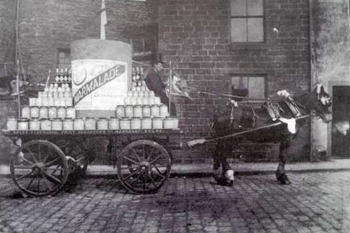
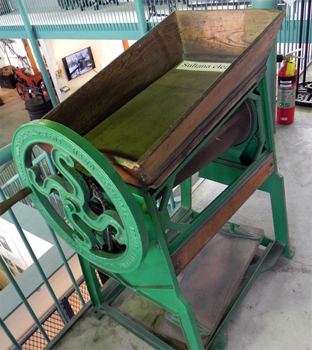
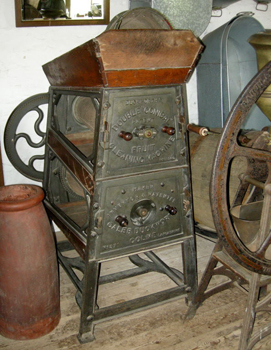
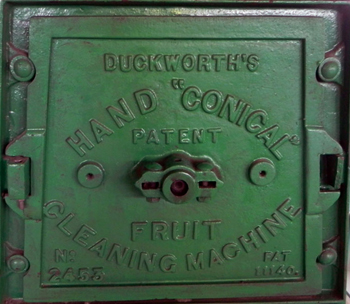
Caleb Duckworth was born in 1854 at the shop in Rimington Main Street, which is now Holmelea. In the 1861 census he is shown as living there with his parents, Robert and Mary Ann, an elder brother Thomas Edd (Edmund) and a younger brother Jos(h)ua and a servant, Mary Holden.
The 1871 census shows the family as having moved to the shop in Stopper lane, now The Old Post Office, however Caleb is no longer living with them. His more well known brother Francis, the hymn tune composer, is shown as being 8 years old then.
By 1869 Caleb had moved to Colne to work for William Pickles Hartley. Originally a grocer, in 1871 William started to make jam and that was the start of the Hartley’s jam business. When Hartley’s moved to Bootle in 1874 Caleb set up his own business having bought Hartley’s dry salting business, based in Colne’s Piece Hall.
In 1894, he designed and produced the first machine for cleaning and de-stalking currants and sultanas, turning it into a world-wide seller and diversifying the business into making machinery for the food and dairy trade. He died in 1937.
Caleb Duckworth's sweet-smelling factory came to a bitter end when it closed in 1986.
The Duckworths were certainly an enterprising family; Joshua had a printing business, which produced all the fliers for the Stopper Lane chapel events, and also opened what could have been the first British cinema in Colne. Francis also ran a grocery business in Colne
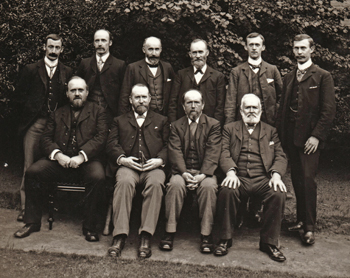
This photgraphy, probably taken late 19th early 20th century, shows:
Top Row - John, Francis, Joshua, Caleb, Arthur and Robert (Caleb's 2 sons)
Bottom row - Rev. Edmund. Joshua, Moses and Robert (4 brothers)
